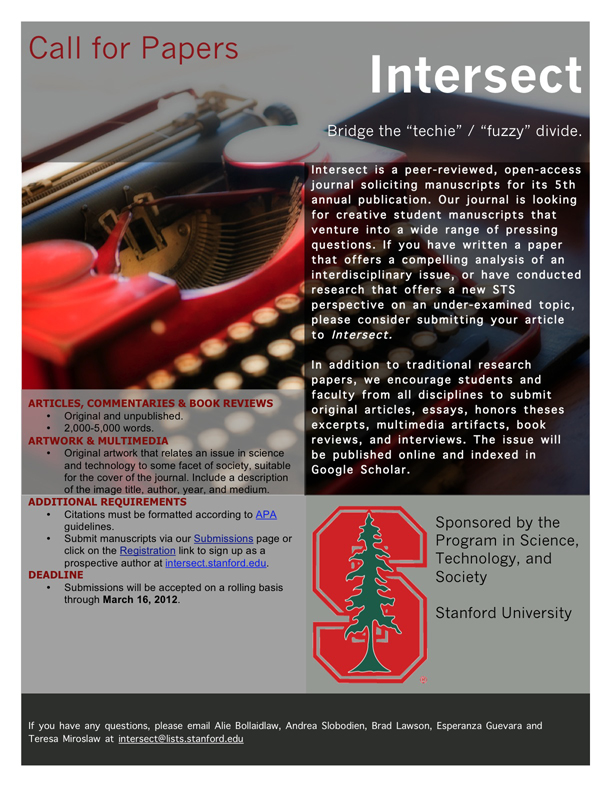Defrosting Dinner: The Evolution of Frozen Meals in America
Abstract
In this paper, I have tracked the frozen dinner from its origins in the 1940s to its diverse modern incarnations. In the process, I have discussed the quick-freezing technologies and social conditions that made these meals popular. Despite the fact that frozen foods were not particularly popular following their introduction into American consumer culture, Swanson's development and successful marketing of their TV dinner in the post-war era ushered in a new age of convenience foods. Following their widespread adoption TV dinners began to permanently change how American families viewed mealtimes, allowing women to reallocate time previously spent in the kitchen to other forms of personal development. TV dinners also played a large role in bringing television to the dinner table and removing the formality previously associated with meals. Modernization has seen continued success for TV dinners and the diversification of frozen dinners to include diet meals, ethnic foods, and gourmet or organic options.
However, despite the fact that frozen foods are now treated with a certain air of ubiquity, it's important to acknowledge and understand the cultural meanings that surround these foods, particularly in the case of the modern iterations of these dinners. Although the convenience of frozen dinners greatly reduces the labour that we put into a meal, this labour is not "lost" so much as reallocated. Furthermore, it is essential to remain cognisant of the food industry's stake in the production of frozen foods. Frozen products offer an easy way for companies to process foods, thereby converting raw commodities into products which have value added. Given these facts, our appreciation of convenience foods should not progress to the point where we fetishize them. While frozen foods will likely never completely replace the satisfaction of a "home-cooked" meal, so long as we acknowledge the issues surrounding the consumption of frozen foods, we can continue to take advantage of the freedom they afford us in our pursuit of activities outside the kitchen.
Downloads
Published
Issue
Section
License
Authors who publish with this journal agree to the following terms:- Authors retain copyright and grant the journal right of first publication with the work simultaneously licensed under a Creative Commons Attribution License that allows others to share the work with an acknowledgement of the work's authorship and initial publication in this journal.
- Authors are able to enter into separate, additional contractual arrangements for the non-exclusive distribution of the journal's published version of the work (e.g., post it to an institutional repository or publish it in a book), with an acknowledgement of its initial publication in this journal.
- Authors are permitted and encouraged to post their work online (e.g., in institutional repositories or on their website) prior to and during the submission process, as it can lead to productive exchanges, as well as earlier and greater citation of published work (See The Effect of Open Access).

